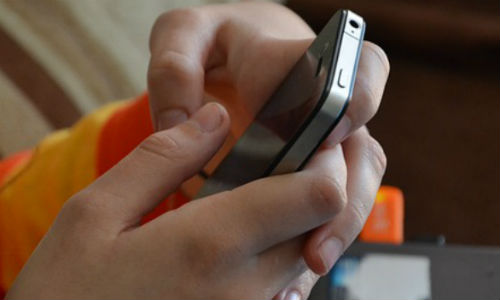You’ve been covering a controversial event which should be coming to a head today.
You’ve written the previews. You’re ready for the quick turn-around. But that’s the before and after. What about the in-between? That’s where live tweeting comes into play.
Raising your profile
Live tweeting allows you to break news. It gives you a reputation as the go-to journalist for certain topics. It creates a relationship with readers, allowing them to directly ask questions—which in turn provides a glimpse of public sentiment. And—this one will pique your editor’s ears—it gives you an audience to share your story with.
I’m not saying you should live tweet every meeting you attend. But there are some that warrant it, especially those that have a major impact on your community.
A perfect opportunity
For example, the Colorado Public Utilities Commission was considering whether or not to approve a rate change for utilities that would hurt the solar industry.
People held a rally beforehand and then stuffed into the PUC hearing room, spilling into the hall and two overflow rooms. The PUC decision was going to have a large impact and people were passionate about it. It was the perfect time to live tweet.
Live tweeting step-by-step
If you’ve never done it before, live tweeting can appear daunting, especially if you’re trying to turn a quick story.
But it’s not as hard as it may appear. Your goal should be to accurately portray a scenario and to get as many retweets and likes as possible. Does that seem too narcissistic? It shouldn’t. The more shares, the more people you have looking at you and the more potential views your story will get.
• Think of live tweeting as a mix between a sitcom and drama. You want each tweet to stand alone so someone can hop in at any time. This also maximizes your retweeting potential. But at the same time, you’re telling an overarching plot. This is going somewhere. Build the tension as you get closer to decision time: Are people nervous? Are officials dragging their feet? Are they about to announce their ruling? Tweet that.
• Broaden your exposure. You don’t want to tweet into the void. Make it easy for your audience to find you. Use appropriate hashtags as much as possible. If there’s already a hashtag for this particular event, perfect. If not, use ones that relate, such as #solar. If you’re tweeting about a public figure or large company, use their handle. You’d be surprised by how many people will find your tweet simply through searching for handles.
• Start with an opening shot. Let people know what’s going on. Include a photo so people know what it looks like.
• Provide a variety of content and insights. Rotate between the official proceedings, the spirited people in attendance, what the scene looks like and broader context on the issue. Again, this is you telling a story. People want variety and they want the whole story. Quotes usually play well on social, especially when accompanied with a photo.
• And on that note, use multimedia. If people are holding signs or dressed in a particularly interesting way, take a photo and tweet it. If people are chanting, take a video and tweet it. If people are overflowing into different rooms, take a picture of each room and tweet them together. This makes people at home feel like they’re at the event. It also allows them to judge what’s happening, which can be especially important these days given the broader distrust of the media.
• Give people context. People want to know what’s happening, but they don’t necessarily understand why something’s happening. Tweet out previous stories you’ve done on the topic. It can be as simple as: “Check out my story leading up to today’s decision #hashtag.” It gives readers the context they want and gives you more clicks. It also positions you as an authority on the issue, meaning more people will be looking to you.
• When it’s decision time, make it count. Again, you are telling a story. Build the drama. Give the scene: people sitting on the edge of their seat, officials rustling papers, silence in the meeting hall. Then be ready. Have your basic tweet drafted so you can send it as soon as possible. Once a decision is reached, shoot out your tweet along the lines of: #Breaking officials vote to approve rate change in controversial #solar hearing
• Now detail the fall out. Show and tell people’s reactions. Include relevant quotes from officials. Consider Twitter the initial draft of your print story.
• Then wrap it up. Send out a tweet letting people know you’re done live tweeting. Tease your coming story. Don’t forget to actually tweet out that story. And that’s it. You’ll have successfully live tweeted an event. Pat yourself on that back.











